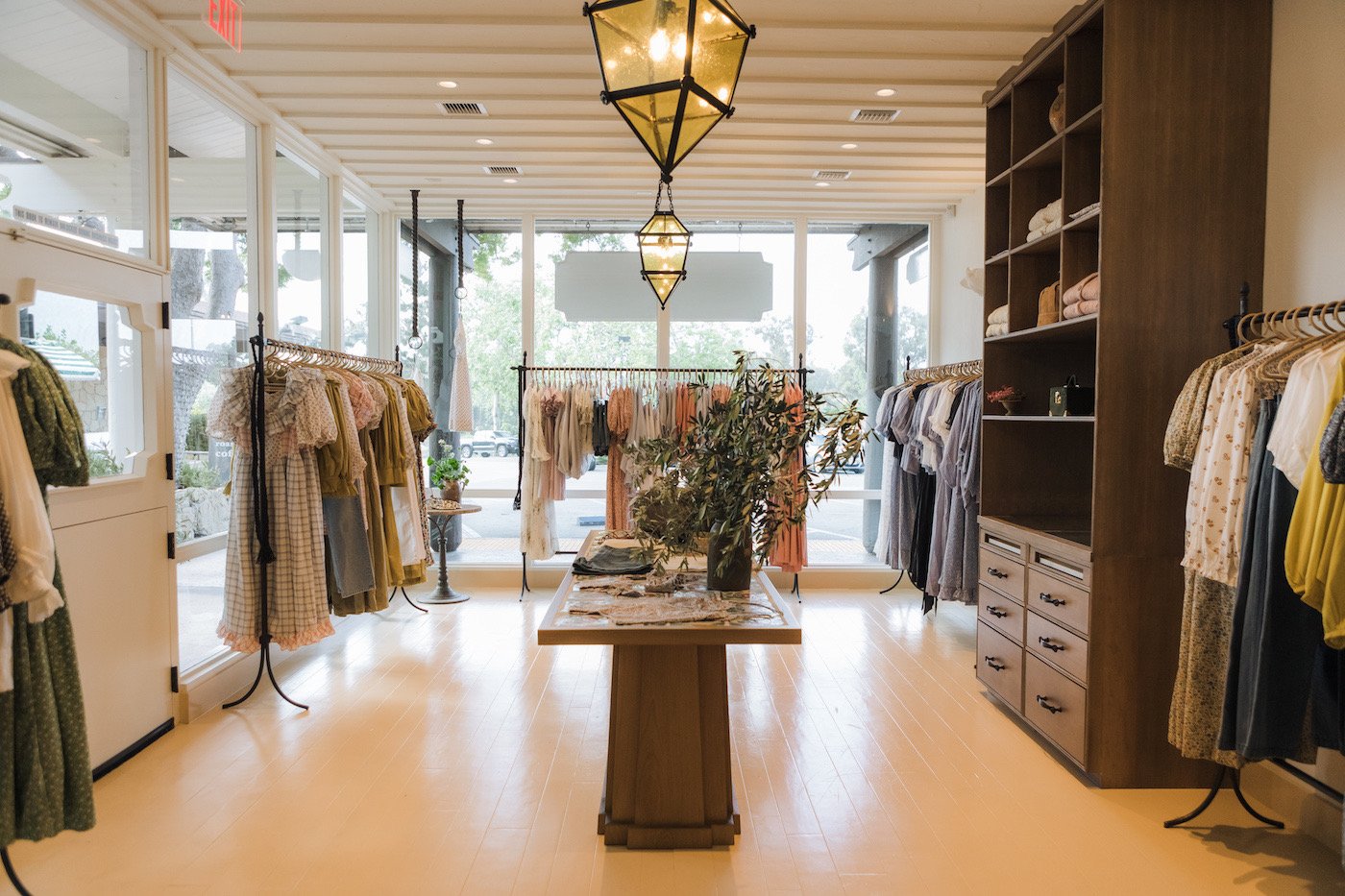The Reason Why Boutique Fashion is the Ultimate Selection for Distinct Style
The Reason Why Boutique Fashion is the Ultimate Selection for Distinct Style
Blog Article
Sustainable Fashion: Exactly How Eco-Friendly Clothing Is Shaping the Future of Style
As the fashion business faces boosting analysis over its ecological impact, the surge of sustainable fashion uses a promising alternative that aligns style with environmental duty. Using cutting-edge materials such as recycled fibers and plant-based textiles, along with innovative methods like digital and 3D printing, designers are redefining what it indicates to be trendy in the modern-day age. Concurrently, the expanding popularity of upcycling and thrift culture is promoting a shift in the direction of a round economic situation. Just how does this motion absolutely affect the future trajectory of style, and what difficulties lie in advance in its extensive adoption?
Cutting-edge Sustainable Materials
As the style sector grapples with its ecological impact, cutting-edge sustainable products have arised as a vital option for minimizing eco-friendly footprints. These materials not just reduce reliance on fossil gas but also lessen damaging chemical use and water intake.
Along with plant-based materials, developments in biofabrication have caused the growth of lab-grown fabrics. Mycelium natural leather, originated from mushroom roots, presents a versatile and naturally degradable option to pet leather. Its production results in considerably lower carbon discharges and water use, making it an extra lasting alternative for stylist seeking to line up with eco-friendly practices.
Recycled products are likewise obtaining grip, with polyester made from recycled plastic containers representing a considerable innovation. This development not only draws away plastic waste from land fills and seas however also reduces power usage contrasted to generating virgin polyester. With each other, these materials underscore the possibility for a much more lasting garment industry, leading the way for environmentally conscious style and manufacturing.
Eco-Conscious Manufacturing
Building on the developments in lasting products, the apparel industry is additionally re-evaluating its manufacturing processes to better minimize environmental impact. Key strategies consist of reducing water intake, lowering carbon discharges, and eliminating unsafe chemicals. By embracing closed-loop systems, manufacturers intend to reuse water and power effectively, significantly lessening waste. The assimilation of eco-friendly energy resources, such as solar and wind power, into manufacturing facilities even more curtails reliance on nonrenewable fuel sources.
Another critical aspect is the decrease of harmful chemicals traditionally used in dyeing and completing fabrics. Eco-conscious producers are changing in the direction of plant-based dyes and waterless dyeing innovations, which not only guard local ecological communities but likewise enhance worker safety and security. Technologies like digital printing decrease textile waste and power intake, offering a cleaner alternative to conventional approaches.
With the innovation of blockchain technology, firms can currently give thorough understandings into their supply chains, guaranteeing ecologically friendly and ethical techniques at each step. As the need for eco-conscious items grows, manufacturers are compelled to introduce, making sure that the future of fashion is both trendy and sustainable.
The Increase of Upcycling
Upcycling, a transformative technique in sustainable style, includes creatively repurposing thrown out materials into new, high-quality items. This innovative strategy not only minimizes waste however also lessens the demand for resources, consequently minimizing the environmental impact of clothes manufacturing. By reimagining and reconstructing existing products, developers and fashion brand names have the ability to infuse creativity into their collections while promoting environmental responsibility.

Furthermore, the upcycling movement has actually encouraged small organizations and independent developers, that frequently lead in advancement because of their dexterity and creative thinking. By capitalizing on the plentiful accessibility of unused materials, these entities add to a circular economy, demonstrating that style can be both sustainable and fashionable. With upcycling, the sector takes significant strides in the direction of a much more conscious and accountable future.
Thrift Society's Influence
The expanding thrift society substantially improves the landscape of sustainable style, stressing the importance of mindful intake. This cultural shift urges customers see here now to embrace secondhand clothes, therefore minimizing the need for brand-new garment production and minimizing ecological effect. Second hand buying not just expands the lifecycle of clothing yet also decreases the carbon impact linked with production, moving, and taking care of garments.
A key element of thrift culture is its democratization of style. By providing a wide array of designs from numerous eras at budget friendly costs, second hand stores make fashion accessible to a broader target market. This access promotes a feeling of uniqueness and creative thinking, as customers mix and suit unique pieces to curate tailored closets without adding to the quick style cycle.
Furthermore, thrift culture promotes circularity in style, aligning with the principles of a round economy. As even more developers and customers accept second hand culture, the fashion sector is urged to adapt, integrating lasting practices to meet the expanding demand for eco-conscious options.

Future Trends in vogue
Style's evolution is progressively formed by sustainability-driven efforts and technical innovations. One popular pattern is the surge of digital fashion, where online garments can be put on in augmented truth environments, dramatically reducing material waste.
Additionally, the assimilation of blockchain technology uses new possibilities in openness and traceability, enabling customers to validate the sustainability qualifications of their apparel. boutique fashion. This ensures liability in supply chains and promotes honest sourcing methods. 3D printing is yet one more advancement that assures to change manufacturing processes by making it possible for on-demand production, thus decreasing excess stock and waste
As these innovations develop, they are poised to transform the fashion landscape, combining style Continued with sustainability. The future of style, consequently, exists in a seamless mix of modern technology, technology, go to these guys and ecological responsibility.
Final Thought
The makeover of the apparel industry through lasting methods indicates a pivotal change towards ecological liability. The integration of cutting-edge materials, eco-conscious production methods, and the embracement of upcycling and thrift society emphasizes a commitment to decreasing eco-friendly footprints. As these techniques get energy, they redefine the sector's narrative by focusing on moral and sustainable options. This evolution not just aligns style with eco-friendly sustainability however also establishes a precedent for future patterns concentrated on obligation and innovation.
As the style sector faces increasing examination over its ecological impact, the increase of lasting style provides an encouraging alternative that lines up design with eco-friendly duty.As the fashion sector grapples with its ecological impact, ingenious lasting products have actually arised as an essential service for decreasing environmental footprints. With each other, these products highlight the possibility for an extra lasting style sector, leading the way for eco aware layout and manufacturing.
Structure on the innovations in lasting products, the style sector is additionally re-evaluating its production procedures to additionally reduce environmental impact. boutique fashion.Upcycling, a transformative practice in sustainable fashion, involves artistically repurposing discarded products into brand-new, top notch products
Report this page